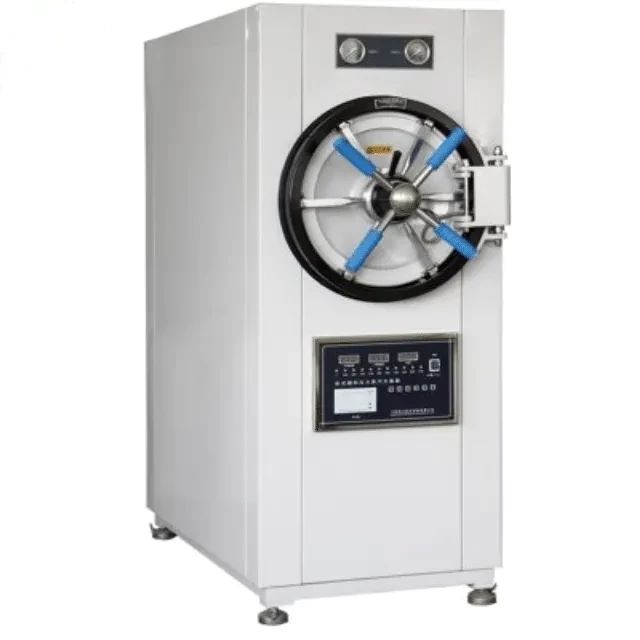
sterilization equipment
Laboratory Horizontal Autoclave Steam Sterilizer Lab Microcomputer Sterilizer
Item Number : KT-C06
Price varies based on specs and customizations
- Electric Tension
- 380V
- Specification
- 150L, 200L, 280L
Shipping:
Contact us to get shipping details Enjoy On-time Dispatch Guarantee.
Why Choose Us
Easy ordering process, quality products, and dedicated support for your business success.
Introduction
The horizontal autoclave steam sterilizer adopts the method of gravity displacement to remove the cold air in the inner chamber, so that the content of steam cold air in the inner chamber is less, and the sterilization is more reliable. At the same time, during the sterilization process of the equipment, the control system automatically adjusts the steam intake and exhaust steam according to the temperature of the inner room.
Detail & Parts
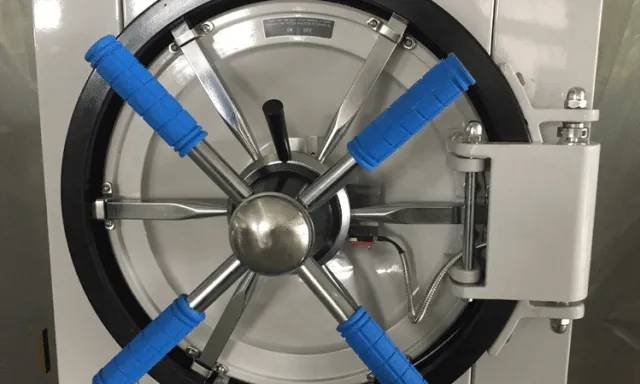
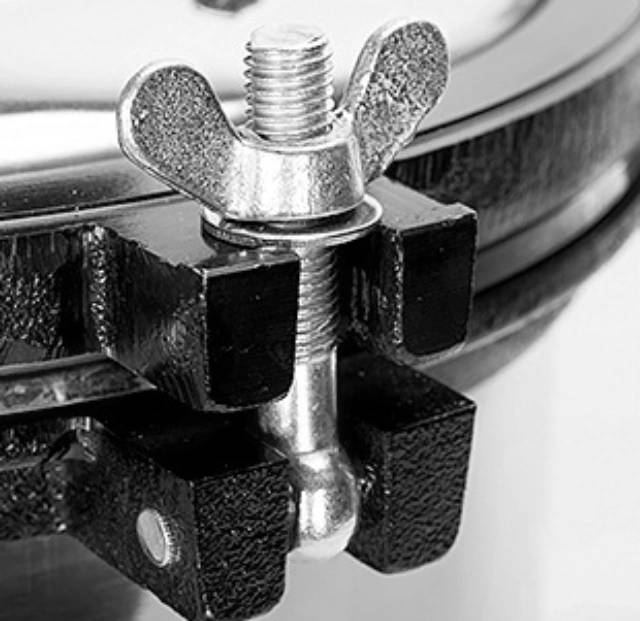
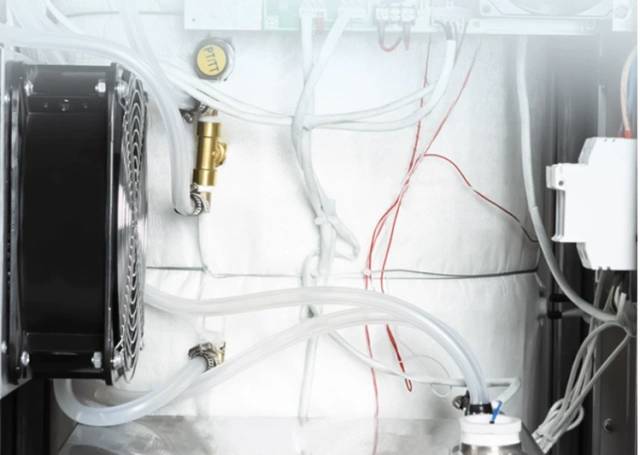
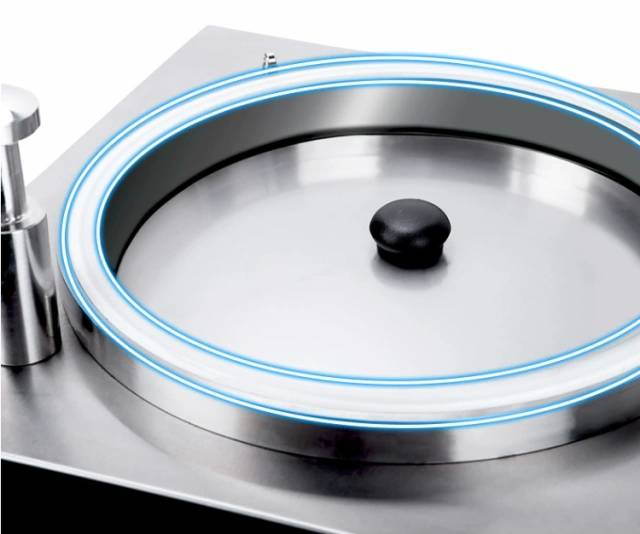
Technical Parameters
| Technical data | KTM -150YDB | KTM -200YDB | KTM -280YDB |
| Sterilizing chamber volume | 150L φ440×1000mm |
200L φ515×1000mm |
280L φ600×1000mm |
| working pressure | 0.22 MPa | ||
| working temperature | 134 degree | ||
| Adjustment of temperature | 40 - 134 degree | ||
| Time of sterilization | 0-99 min | ||
| Time of drying | 0-99 min | ||
| Heat average | ≤± 2 degree | ||
| Power | 9KW/380V 50Hz | 9KW/380V 50Hz | 12KW/380V 50Hz |
| Dimension | 1400×650×1600 | 1400×750×1700 | 1520×910×1900 |
| Transport dimension | 1560×820×1820 | 1560×910×1880 | 1680×1080×2100 |
| G.W/N.W | 430/340 KG | 436/350 KG | 570/462 KG |
Performance and Features
- The sterilization process is automatically controlled without supervision and is easy to use.
- It has a drying function to achieve the drying effect of sterilized items.
- Equipped with over-temperature and over-pressure automatic protection devices.
- Safety interlock device; when the door is not closed tightly, steam cannot enter the inner body and over-current protection; when the current is overloaded, the power circuit breaker will automatically cut off the power.
- Alarm prompt, when the pressure in the sterilization chamber is greater than 0.027MPa, the door is interlocked and cannot be opened.
- Overpressure protection, automatic pressure relief protection of the safety valve when the pressure exceeds the working pressure. Low water level protection device; the water cannot start when the water reaches the high water level, and the power will be automatically cut off for protection when the low water level is insufficient.
- Over-current protection; when the current is overloaded, the power supply will be cut off automatically.
- The whole machine is made of stainless steel.
- With printing function.
Applications
- hospital supply rooms
- operating rooms
- pharmaceutical factories and laboratories of scientific research units
It can also be used to sterilize medical and experimental cloth items, surgical instruments and
Designed for You
KinTek provide deep custom made service and equipment to worldwide customers, our specialized teamwork and rich experienced engineers are capable to undertake the custom tailoring hardware and software equipment requirements, and help our customer to build up the exclusive and personalized equipment and solution!
Would you please drop your ideas to us, our engineers are ready for you now!
4.8 / 5
Speedy delivery, and the product works like a charm. sterilization is more reliable. very satisfied.
4.9 / 5
Excellent product! The sterilizing process is easy to use and has advanced features like automatic temperature adjustment and drying function.
4.7 / 5
Great value for money. The autoclave is well-built and sturdy, and it provides consistent sterilization results.
4.8 / 5
The autoclave is a lifesaver in our lab. It's fast, efficient, and ensures that all our instruments are properly sterilized.
4.6 / 5
The safety features on this autoclave are top-notch. It gives me peace of mind knowing that my lab is safe and secure.
4.9 / 5
The printing function is a game-changer. It allows us to easily document and track our sterilization cycles.
4.7 / 5
The autoclave's design is sleek and modern. It fits perfectly in our lab and complements our other equipment.
4.9 / 5
The customer service team is exceptional. They were incredibly helpful and responsive when I had a question about the autoclave.
4.8 / 5
The autoclave is incredibly user-friendly. The touchscreen interface is intuitive and easy to navigate.
4.7 / 5
The autoclave's compact size makes it perfect for our small lab. It saves valuable space while still delivering powerful performance.
4.9 / 5
The autoclave's sterilization cycles are customizable, allowing us to tailor the process to our specific needs.
4.8 / 5
The autoclave's construction is solid and durable. It's built to last and withstand the rigors of daily use in our lab.
4.7 / 5
The autoclave's energy efficiency is impressive. It helps us save on operating costs while maintaining optimal sterilization performance.
4.9 / 5
The autoclave's connectivity features are a major plus. We can remotely monitor and control the sterilization cycles, which streamlines our workflow.
4.8 / 5
The autoclave's validation and documentation capabilities are top-notch. It meets all of our regulatory requirements and ensures compliance.
4.7 / 5
The autoclave's overall performance is outstanding. It consistently delivers reliable and effective sterilization, giving us confidence in our lab's sterility.
REQUEST A QUOTE
Our professional team will reply to you within one business day. Please feel free to contact us!
Related Products

Laboratory High Pressure Horizontal Autoclave Steam Sterilizer for Lab Use
The horizontal autoclave steam sterilizer adopts the gravity displacement method to remove the cold air in the inner chamber, so that the inner steam and cold air content is less, and the sterilization is more reliable.
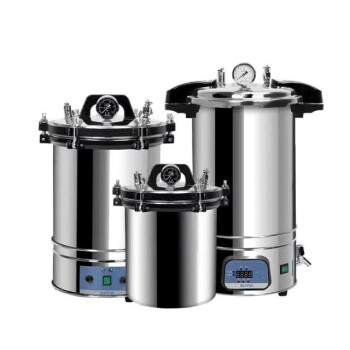
Portable High Pressure Laboratory Autoclave Steam Sterilizer for Lab Use
Portable autoclave sterilization pressure is a device that uses pressure saturated steam to quickly and effectively sterilize items.
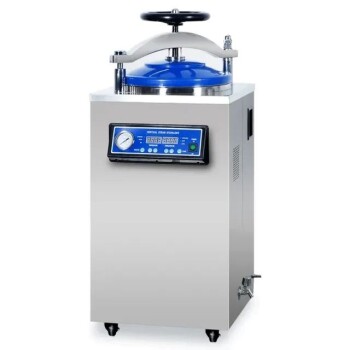
Laboratory High Pressure Steam Sterilizer Vertical Autoclave for Lab Department
Vertical pressure steam sterilizer is a kind of sterilization equipment with automatic control, which is composed of heating system, microcomputer control system and overheating and overpressure protection system.

Laboratory Sterilizer Lab Autoclave Pulsating Vacuum Desktop Steam Sterilizer
The pulsating vacuum desktop steam sterilizer is a compact and reliable device used for rapid sterilization of medical, pharmaceutical, and research items.
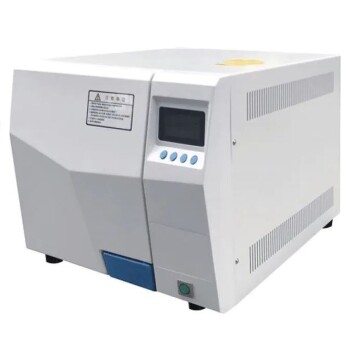
Desktop Fast Laboratory Autoclave Sterilizer 20L 24L for Lab Use
The desktop fast steam sterilizer is a compact and reliable device used for rapid sterilization of medical, pharmaceutical, and research items.

Laboratory Sterilizer Lab Autoclave Vertical Pressure Steam Sterilizer for Liquid Crystal Display Automatic Type
Liquid crystal display automatic vertical sterilizer is a safe, reliable and automatic control sterilization equipment, which is composed of heating system, microcomputer control system and overheating and overvoltage protection system.
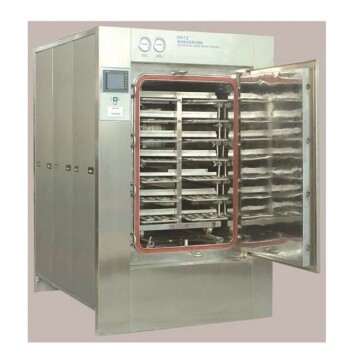
Laboratory Sterilizer Lab Autoclave Herbal Powder Sterilization Machine for Plant
The herbal powder sterilization autoclave machine for Chinese medicine uses saturated steam for effective sterilization. It utilizes the heat and penetrative properties of steam, achieves sterilization after heat preservation, and maintains a good drying effect with a dedicated drying system.

Laboratory Sterilizer Lab Autoclave Pulse Vacuum Lifting Sterilizer
The pulse vacuum lifting sterilizer is a state-of-the-art equipment for efficient and precise sterilization. It uses pulsating vacuum technology, customizable cycles, and a user-friendly design for easy operation and safety.

Desktop Fast Laboratory Autoclave Sterilizer 35L 50L 90L for Lab Use
The desktop fast steam sterilizer is a compact and reliable device used for rapid sterilization of medical, pharmaceutical, and research items. It efficiently sterilizes surgical instruments, glassware, medicines, and resistant materials, making it suitable for various applications.
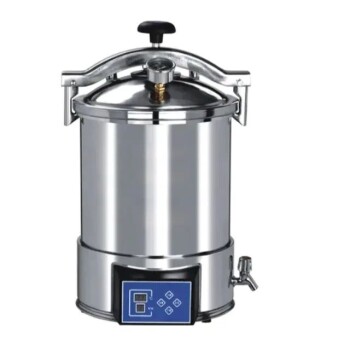
Portable Digital Display Automatic Laboratory Sterilizer Lab Autoclave for Sterilization Pressure
Portable autoclave sterilization pressure is a device that uses pressure saturated steam to quickly and effectively sterilize items.

Stainless High Pressure Autoclave Reactor Laboratory Pressure Reactor
Discover the versatility of Stainless High Pressure Reactor - a safe and reliable solution for direct and indirect heating. Built with stainless steel, it can withstand high temperatures and pressures. Learn more now.

Desktop Fast High Pressure Laboratory Autoclave Sterilizer 16L 24L for Lab Use
The desktop fast steam sterilizer is a compact and reliable device used for rapid sterilization of medical, pharmaceutical, and research items.
Related Articles

Comprehensive Overview of Warm Isostatic Press and Its Applications
Warm isostatic pressing (WIP) is a variant of cold isostatic pressing (CIP) that includes a heating element. It employs warm water or a similar medium to apply uniform pressure to powdered products from all directions. WIP is a cutting-edge technology that enables isostatic pressing at a temperature that does not exceed the boiling point of the liquid medium.

Basic Cleaning and Disinfection Equipment in the Laboratory
Overview of essential lab cleaning and disinfection tools and their operational principles.

Basic Laboratory Drying Equipment
Overview of various drying equipment used in laboratories, including vacuum, blast, electric heating, hot air disinfection, and infrared drying ovens.

Laboratory Safety: High Pressure Equipment and Reactors
This article discusses safety measures and precautions for using high pressure equipment and reactors in laboratories, including case studies and detailed usage instructions.

Basic Laboratory Culture Equipment
Overview of essential laboratory equipment for biological and microbiological research.

Hazards and Safety Precautions of Laboratory Pressure Vessels
An overview of the dangers and safety measures for pressure vessels in laboratory settings.

Application of Low-Temperature Pulverization Technology in the Spice Industry
Explores the benefits of low-temperature pulverization for maintaining spice quality and efficiency.